The Rise and Fall (and Rise again) of VR
Has there ever been more hype around a new technology than there was around VR in 2015? Projections of the size of the industry were exponential, billions and billions quoted as the industry would scale to its inevitable heights as an essential part of our daily lives.
Mark Zuckerberg himself hosted dystopian halls of face-hugged Samsung Gear VR clad converts. With ‘converts’ actually a term used to describe people who had tried VR and ‘knew’ or were true believers in its future.
Time Magazine, in quite possibly their most cringe-worthy cover ever, featured Palmer Lucky (at the time head of the Oculus Rift company) levitating over a Californian beach in a peculiar pose, proclaimed that VR was ‘…about to change the world’.
At that time, the buzz around VR started to germinate the seed of the Metaverse, a concept originated in 1990’s sci-fi literature (in particular by Neal Stephenson in his book Snow Crash) of an alternate online world that could allow seamless hyper-real virtual interfaces with people for work, entertainment, education and more.
But what was the reality of this tech grenade that had been rolled into the advertising, gaming, entertainment and marketing industries? For Visualise, it felt like we were part of the new ‘49ers’, the front runners riding the wave of a new tech gold rush. We were there, the standard bearers, at the new immersive frontier.
At Visualise our background had come from 360 photography, then moving into GigaPixels and 360 video, we were already making immersive content from 2006. We shot William and Kate’s Royal Wedding in 360 for the BBC in 2011, the Olympics for Getty Images in 2012/2014 and thrilling action videos with the Stig for Top Gear, base jumping with Monster and many more. It was an exciting place to be. Content was then distributed via iPad apps and specific websites. At that time, brands were fast becoming interested in the 360 medium.
Then, a teenager in the US makes a VR headset in his parents garage – glue, sellotape, basic 3D printing and a Kickstarter project that broke all records and our world was flipped on its head. The 360 films and photos we’d been creating could be viewed in this new device – you were inside the films, part of them. It’s hard to describe how cool and unreal this felt – our shot of a base-jumper suddenly allowed YOU to base jump. This was big news for us and for every brand/agency we went to see.
So we went knocking – with our little tech lunchbox, like futuristic tupperware salesmen.
People got excited and we made some fantastic films. We worked with South Africa tourism, capturing shark diving, gliding and face to face encounters with elephants. We made films with Lewis Hamilton for Mercedes, shot the Goodwood Hill climb and F1 cars going round Silverstone. We traveled the world shooting VR documentaries on human rights for Doctors Without Borders. We went to conferences in LA on VR and hung out at awkward pool parties with early twenty-somethings in hoodies, blazers and flip-flops. We met some of our heroes like John Carmack at Oculus Connect.They were crazy days.
Everything seemed easy and the team was growing, the industry was growing, Palmer Lucky was the cover of time, Facebook had bought Oculus for $2 billion, all of the industry think tanks were predicting MASSIVE things for VR. It was meant to be part of our daily lives.
It’s at this point we see everyone coming – new VR content production companies popping up everywhere or existing companies appending their name to ‘Something-VR’. Everyone was making VR content – interactive or linear VR films, new headsets were popping up everywhere – HTC Vive, Samsung’s variations of their Galaxy headset, Google launched ‘Cardboard’, then Daydream, Microsoft came out with their support for Microsoft ‘Mixed Reality’ headsets.
In agency land, they couldn’t get enough either. We’d visit agency teams with serene and thoughtful VR content demos but all they wanted was to experience the VR ‘roller coaster’. It was all about the thrill, the rush, the fooling of the senses. A rush of endorphins in the comfort of your own space. This was entertainment like they’d never seen or experienced. A valuable, novel experiential hook for their clients and their brands. We’d leave agencies shaking hands and high fiving amidst amazed smiles and promises of work.
Of course the work came, lots of it, but something was changing. The budgets were shrinking and fast. We found ourselves pitching harder and killing margins for projects. Such was the competition for work. A race to the bottom ensued. This coupled with an unfortunate reality… VR, at that time, was not ready to change our lives. The technology was simply not good enough.
The first issue was image quality. With a user’s eyes so physically close to the screen, at the available resolution the viewer could see individual pixels. Next and much more newsworthy was motion sickness. Basically in a 360 environment, if content moves without you intending it to, if there is a delay between physical action and action on screen or if there are no accompanying physical cues to support the action on screen then your brain sees a disconnect between reality and what it experiences. Thus causing sickness. For a lot of people trying VR for the first time it just wasn’t a pleasurable experience.
For content producers it was our responsibility to make sure we got it right. VR and 360 content should be comfortable. It just needs to be created in the right way and played back smoothly. Over the years technology has caught up. Pixel rates are exceptional and screen display can keep up with head movement offering a much more fluid experience barely recognisable from the real world and a world apart from the early headsets.
The other issue which dogged VR was its feeling of isolation. As the Wii revolution and the gaming world started to embrace shared experiences, VR (before gaming VR) was a solitary and isolated experience cut off from family and friends.
Essentially VR became a victim of its own ‘hype cycle’. As quickly as it had become the darling of the tech industry it was cast aside for the next technological revolution waiting in-line. VR became yesterday’s news. Many studios and agencies either withered away or dropped the ‘VR’ appendage, picking up an ‘XR’ (extended reality) appendage instead, as they diversified into other areas of immersive content.
What is really interesting though is what has happened to VR since, it’s not died off, it just died back.
In the past 5 years it has regenerated, this time with significantly more advanced technology to support it. In large part the B2B world has embraced it looking for ways to cut increasingly expensive travel costs. Training, industry, engineering, architecture, simulation, medicine are all areas that have adopted VR.
The headsets have seen huge leaps in quality, not just resolution but also field of view, refresh rates, audio quality and the speed at which they track. They are also often fully mobile, have 6 degrees of freedom (you can walk around) and have great libraries of content/experiences. There’s a renewed appreciation and appetite for VR as a way of connecting people to other places through immersive and often collaborative experiences.
The growth in consumer VR headsets has been steady but still not the kinds of numbers that move the needle for brands, especially in the exponential world of influencers and viral campaigns.
Short of actually transporting someone to a physical location, there are few, if any, technologies that can rival VR for its ability to immerse the senses and ‘trick’ the customer into feeling like they are somewhere else. There’s a real art to this, something called ‘presence’ when a VR experience is so good that people are fully absorbed and even momentarily forget the real world outside.
VR is a vital part of the future Metaverse, which has been one of the hot topics of the last 2 years. We strongly feel that the Metaverse should be experienced through VR headsets, for you to truly be ‘present’ somewhere virtually. This will mean a big driver towards VR headsets as the Metaverse becomes a reality… But, as with our newsletter the other week, this is some years or even decades away.
Meta themselves are now really starting to push VR again, with the launch of their B2B focused Quest Pro and the continued success of the Quest 2, expect to see VR devices high up on santa’s lists again this year.
We expect to see a rise in premium customer experiences in VR, more VR at trade shows and events, VR in retail and a steady rise in home/gaming use. It’s a gradual adoption but it is becoming more universal. If you think VR is yesterday’s news, I’d strongly advise you to see how far it has come.

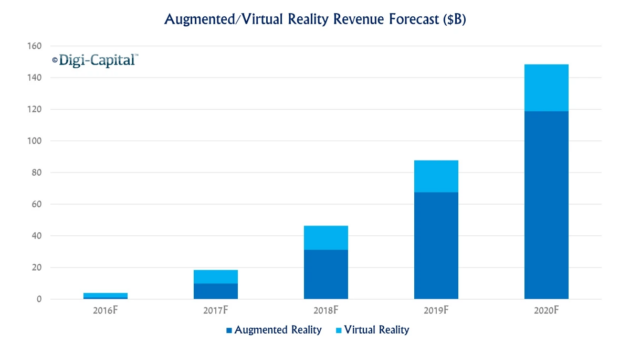
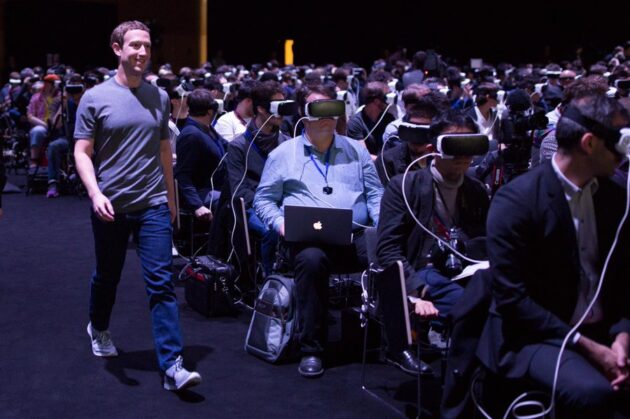
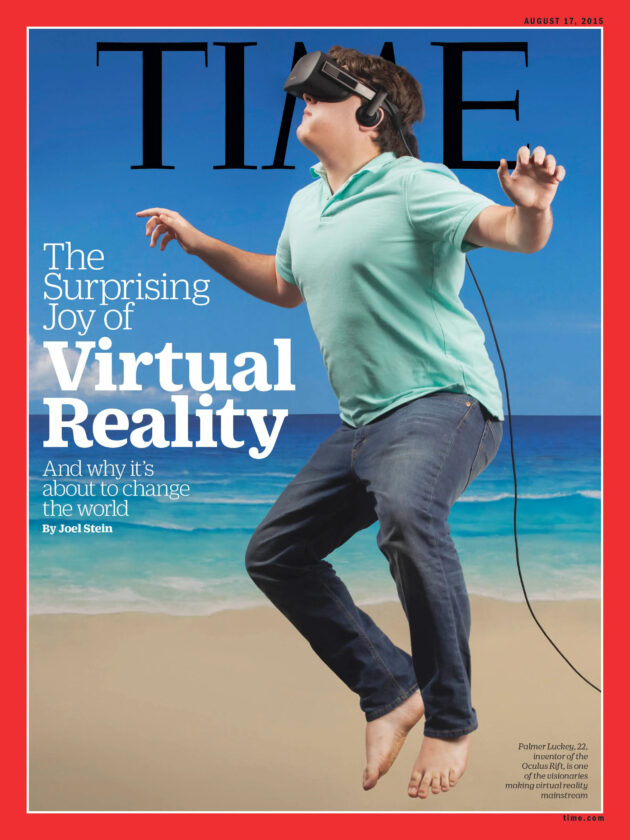
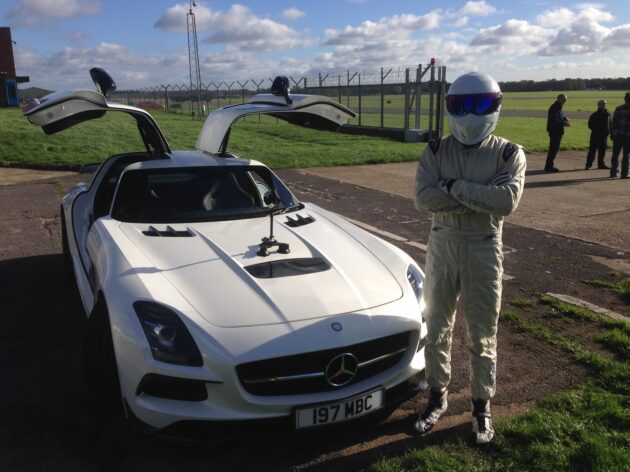
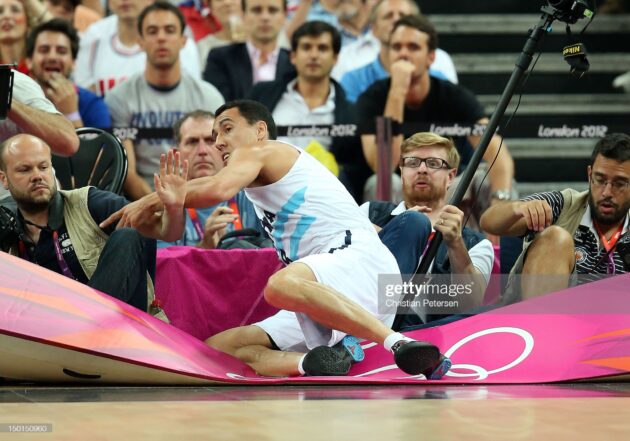
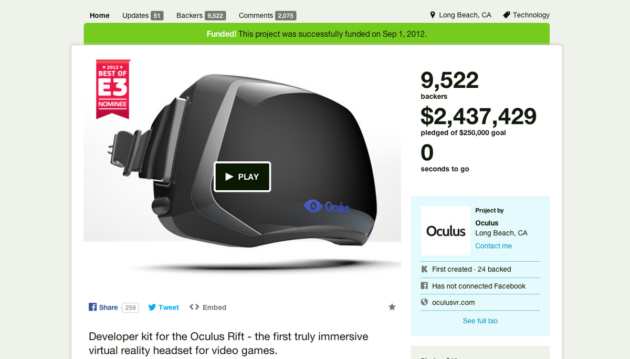
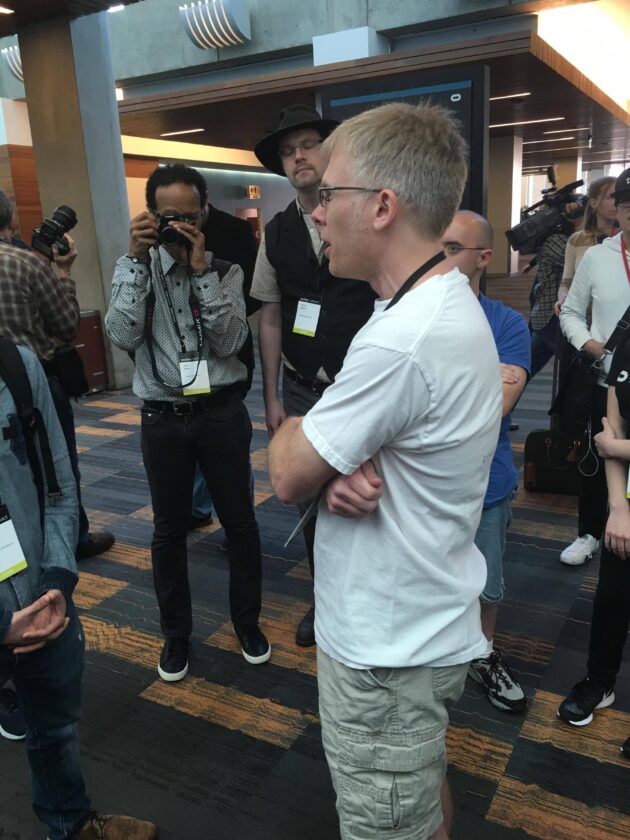
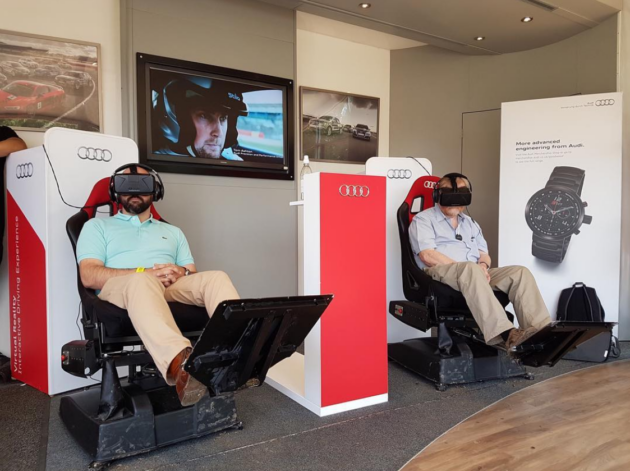
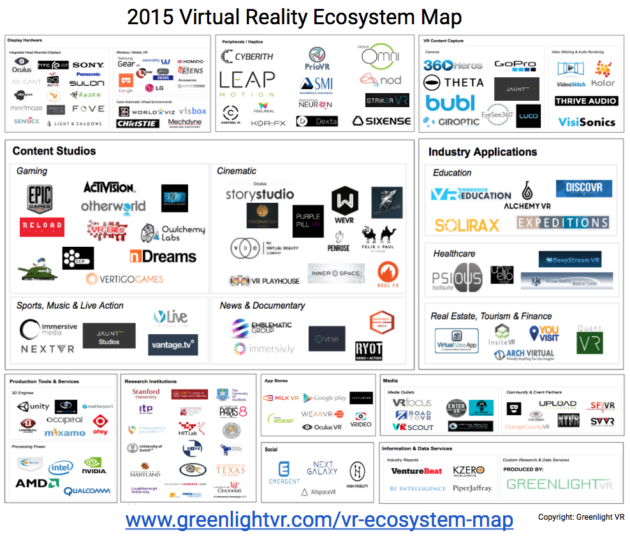
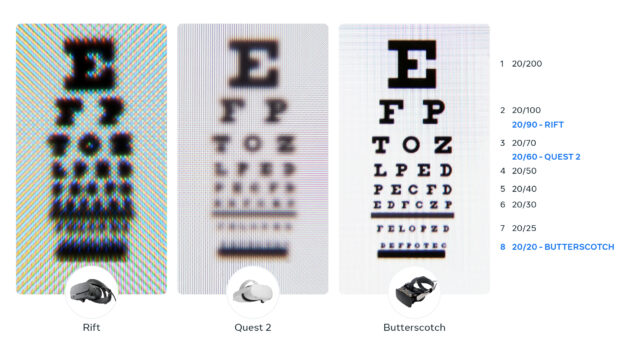
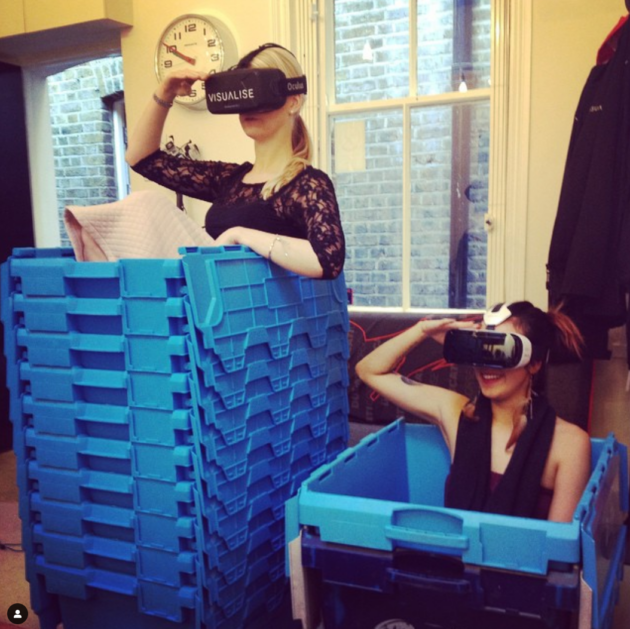
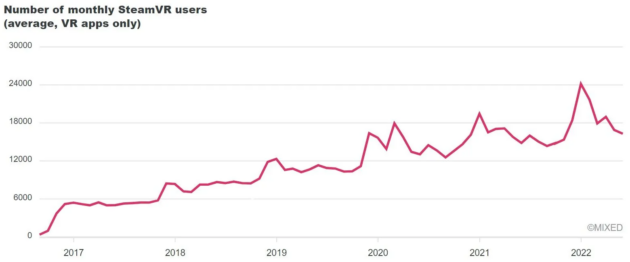
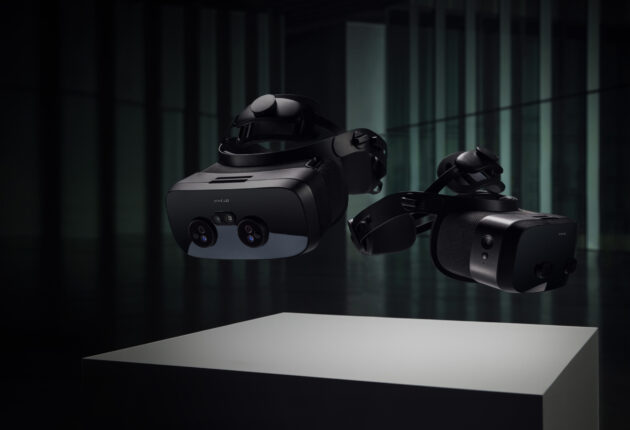
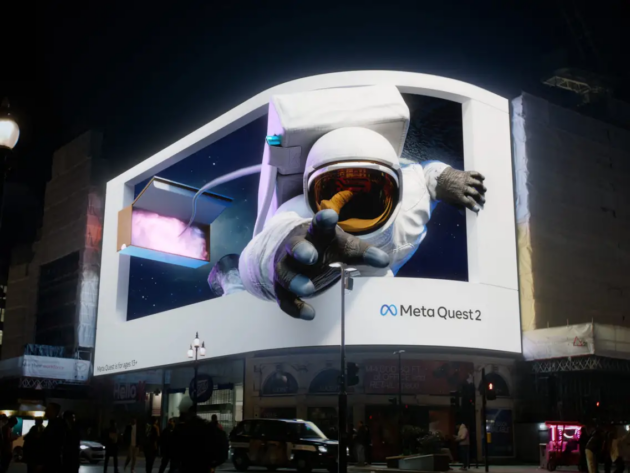
Comments